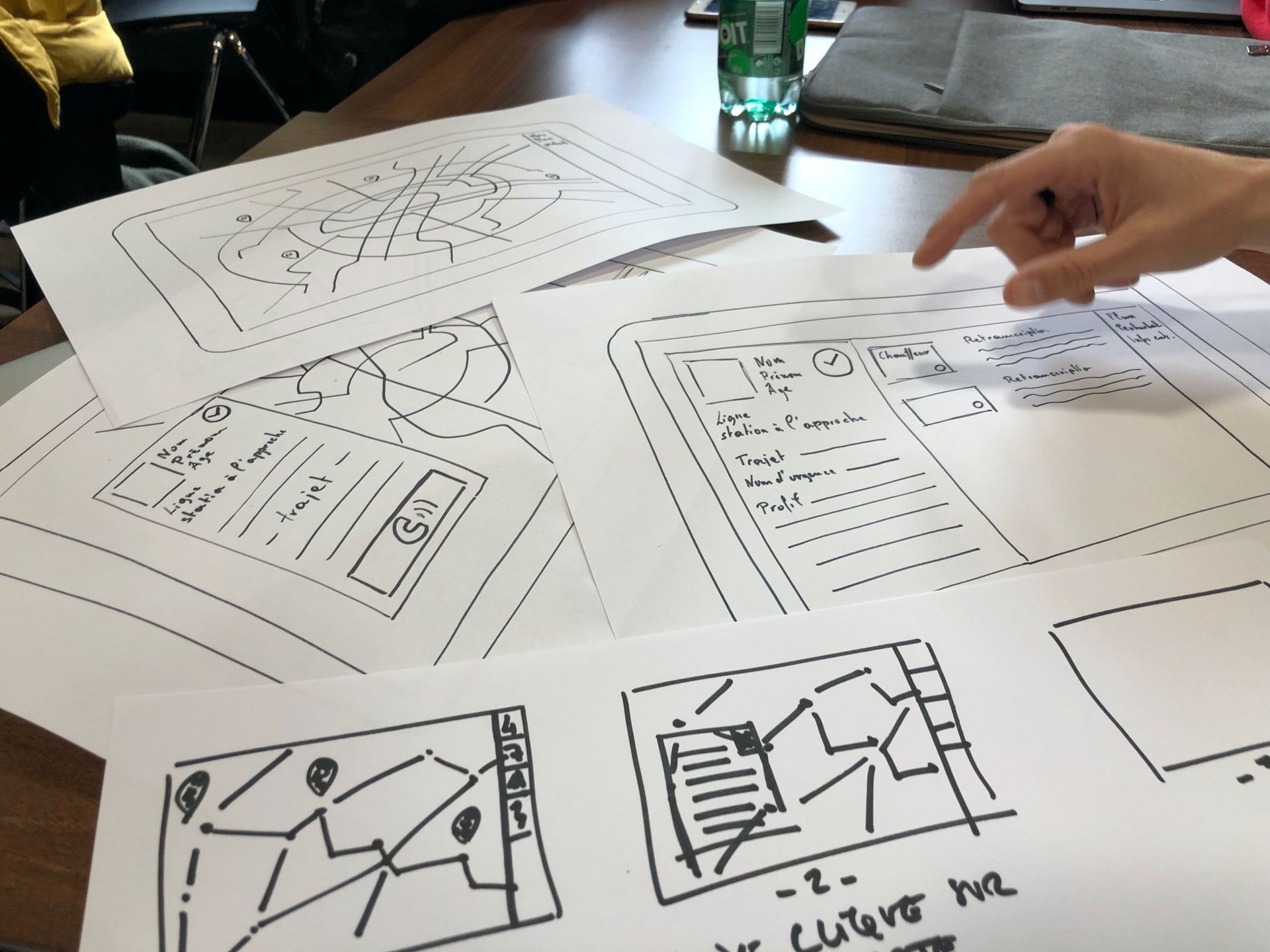
CRITICAL & CREATIVE THINKERS MUST BE ABLE TO MAKE EASY CONNECTIONS BETWEEN DIVERSE IDEAS AND STORED KNOWLEDGE.
This is absolutely necessary if we are to process large amounts of complex data and use it productively.
EVERYONE CAN BE A VISUAL THINKER. VISION IS OUR DOMINANT SENSE & WE CONSTANTLY CREATE VISUAL IMAGES IN THE BRAIN.
By employing visual note-taking skills we encourage a more productive culture and strengthen imagination.
That leads to innovation.
VISUAL NOTE-TAKING IS EASY TO TEACH - IT’S FUN AND CREATIVE & COMPREHENSIVE.
Visual note-taking encourages us to let go of tiny details that can clutter our minds in favour of integrating new information with prior knowledge to create the big picture.
Visual note-taking is the most efficient way to encode information for later recall. Thinking in pictures and drawing relationships fuses knowledge and understanding and lays down a richly integrated memory.
When thoughts are connected they are better retained in memory and can be more easily recalled as a whole.
What makes us different
Watch. Learn. Improve.
The V (visual) series of courses are part of a cluster of imagination/visual learning disciplines that form a turning point in imagination training.
V3_Visual Mapping - Making Thoughts Visible begins the process of seeing information in a spatial way, drawing connections between ideas.
V1 to V4 follow on from each other in order to build on skills as participants journey through the imagination learning process.
These thinking processes directly affect our ability to be better critical thinkers and absolutely develop our ability to be imaginative and therefore more creative.
The Visual School
The V Series equips teachers and imagination seekers with the knowledge and skills to inspire students and explore their own imagination. Visual skills help us to see more possibilities.
Steiner School
The S Series are Steiner programs that support teachers to grow their own and their students’ imaginations and skills that facilitate the development of ethical & sustainable living environments.
National Art School
The Visual Mind and The Imagination is a 6 week program run via Zoom at the National Art School. Alumni can continue to develop their concepts and creations via this portal after graduating from NAS.
Guest Speaking
imagineer.me conducts 90min Blasts that provide schools, universities and workplaces broad knowledge on the development of critical and creative thinking skills. We can also be booked to your brief.
